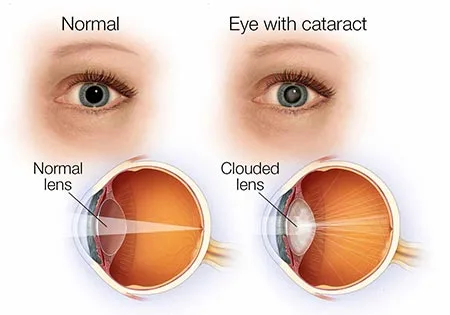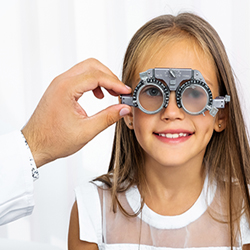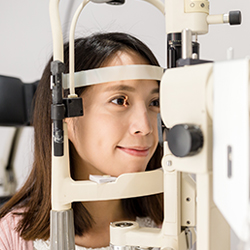
Overview
What is Cataract?
- Cataract is the haziness of the crystalline lens of the eye. It causes scattering of light & blurring. It is not a layer that grows on the eye as many think.
- A cataract is a cloudy lens. The lens is positioned behind the colored part of your eye (iris). The lens focuses light that passes into your eye, producing clear, sharp images on the retina — the light-sensitive membrane in the eye that functions like the film in a camera.
Signs and symptoms of cataracts
- Clouded, blurred or dim vision.
- Increasing difficulty with vision at night.
- Sensitivity to light and glare.
- Need for brighter light for reading and other activities.
- Seeing “halos” around lights.
- Frequent changes in eyeglass or contact lens prescription.
- Fading or yellowing of colors.
- Double vision in a single eye.

- Age-related cataract. As you age, a cataract can develop because of natural changes in the lens of your eye. …
- Traumatic cataract. Serious eye injuries can damage your lens and cause a cataract. …
- Radiation cataract. Certain types of radiation can cause cataracts.
 Age-related cataracts may develop between 40 and 50 years old. Where you live. Recent studies have shown that people who live in high altitudes are more at risk of developing cataracts. Too much sun exposure.
Age-related cataracts may develop between 40 and 50 years old. Where you live. Recent studies have shown that people who live in high altitudes are more at risk of developing cataracts. Too much sun exposure.
 Blurry vision at any distance is the most common symptom of cataracts. Your view may look foggy, filmy, or cloudy. Over time, as the cataracts get worse, less light reaches the retina. People with cataracts may have an especially hard time seeing and driving at night.
Blurry vision at any distance is the most common symptom of cataracts. Your view may look foggy, filmy, or cloudy. Over time, as the cataracts get worse, less light reaches the retina. People with cataracts may have an especially hard time seeing and driving at night.
